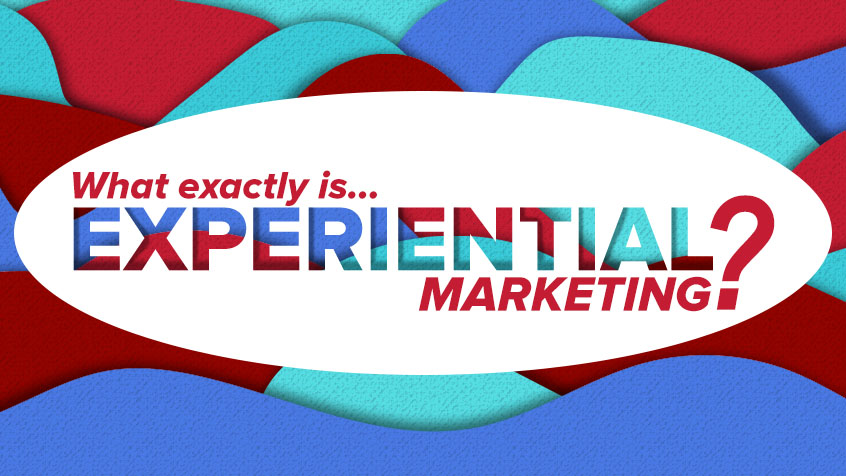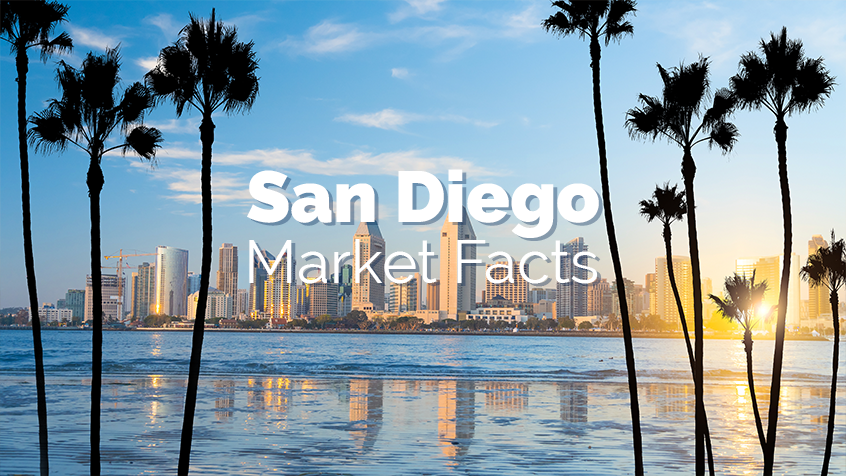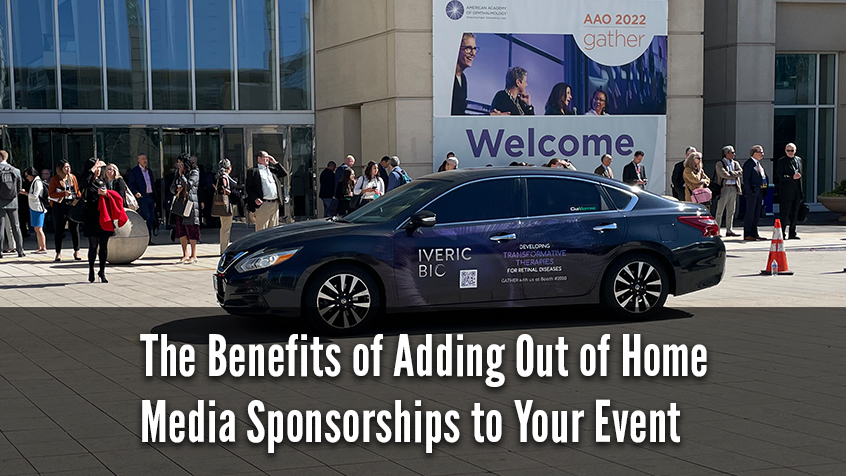It goes by a lot of names: experiential marketing, event marketing, on-ground marketing, live marketing, participation marketing, or special events. No matter what name people use, it’s clear that there is one thing experiential marketing is, and that’s confusing. Experiential is still a (relatively) new channel, and it’s continuing to develop before our eyes. The addition of smart phones into the mix is adding a dimension to an already rapidly changing media. So, it’s no surprise that people can be confused when it comes to what’s involved in experiential.
One of the most important aspects of experiential marketing is its ability to make a one to one, personal connection with consumers. In an age where our interactions are increasingly confined to our devices – admit it, you’ve texted someone in the same room – it’s hard to underestimate how powerful a human connection can be.
Lots of times when you say “experiential marketing” the first thing people will think of is the guy standing on the corner in Times Square pushing papers at people. Let’s be clear – that is NOT experiential. That, if we’re going to be completely honest, is just annoying.
So, let’s take a look at some of the key features of what Experiential Marketing really is…
Experiential Marketing is Human:
People. Not to oversimplify things, but the human connection is the essential element to almost any experiential campaign. The one-to-one dialog between brand and consumer is the most powerful part of an experiential campaign, and one of the main reasons they are so successful and appealing to brands.
It’s also important not to overlook the media, or the physical element. People are great once you have the consumer’s attention – but it’s usually something visual & physical that will get consumers to stop and take notice. Whether it’s a team of segways or scooters, a pop-up tent, wrapped pedicabs, or a giant fabricated robot bunny rabbit – the physical elements are what will get a consumer’s attention in the first place.
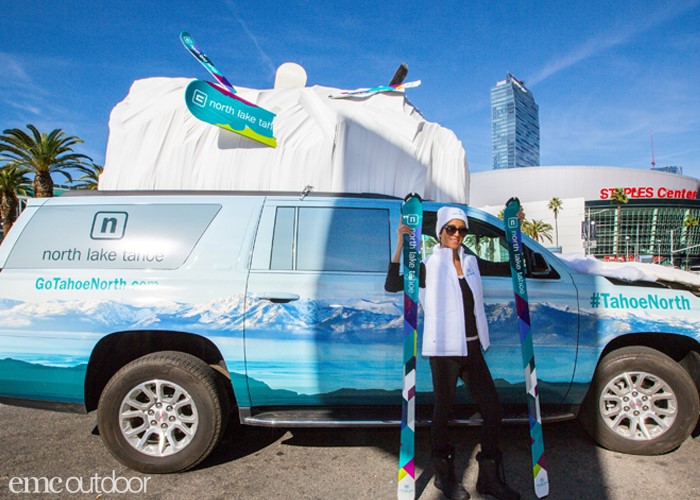
The media element is also the place where brands can really have some fun – it’s an opportunity to creatively bring the brand or campaign concept to life in a real tangible way. Because they’re not dealing with a sign, or a 30 second spot, or a banner ad, the sky is the limit when it comes to creative ideas – almost anything you can imagine can (probably) be done.
Experiential Marketing is Flexible:
With all the different possible combinations of concept / people / media it may seem daunting to try and categorize experiential marketing campaigns, but when we sit down and look at them, they do tend to fall into some main “buckets” that share common features. They’ll have common themes when it comes to how they are going to target an audience, the timing and locations, the planning and logistics, and more. We could certainly come up with a longer list – but these will get you in the ballpark when it comes to thinking about experiential activations:
- Mobile Tours
- Pop Up Footprint
- PR Stunts
- Sampling Campaigns
- Custom Tour Buses
- Product Showcase
- Immersive Experience
Experiential Marketing is about Location:
One of the first things (after the main concept) that advertisers will think about when planning an experiential activation is the “where” question. Where is this event going to take place? Again, there are a lot of choices when considering this question, but the answer will generally fall into two main categories:
The first choice is to create your own event. This can be a pop-up or a mobile tour, but the important consideration is – it’s all you. That means in addition to creating the experience you will also want to consider integrating some pre-promotion into your other media channels to help create awareness and buzz around the event. Important considerations are whether the event will be permitted or guerilla? Does the advertiser have a retail partner that would allow the use of their space?
The second choice is to piggyback on to a popular existing event – Scores of food, music, arts and cultural festivals and events happen all across the country every year. That doesn’t even begin to take into account the world of professional sports. From football to baseball, millions of fans flock to sporting events and make up a prime target for experiential marketing.
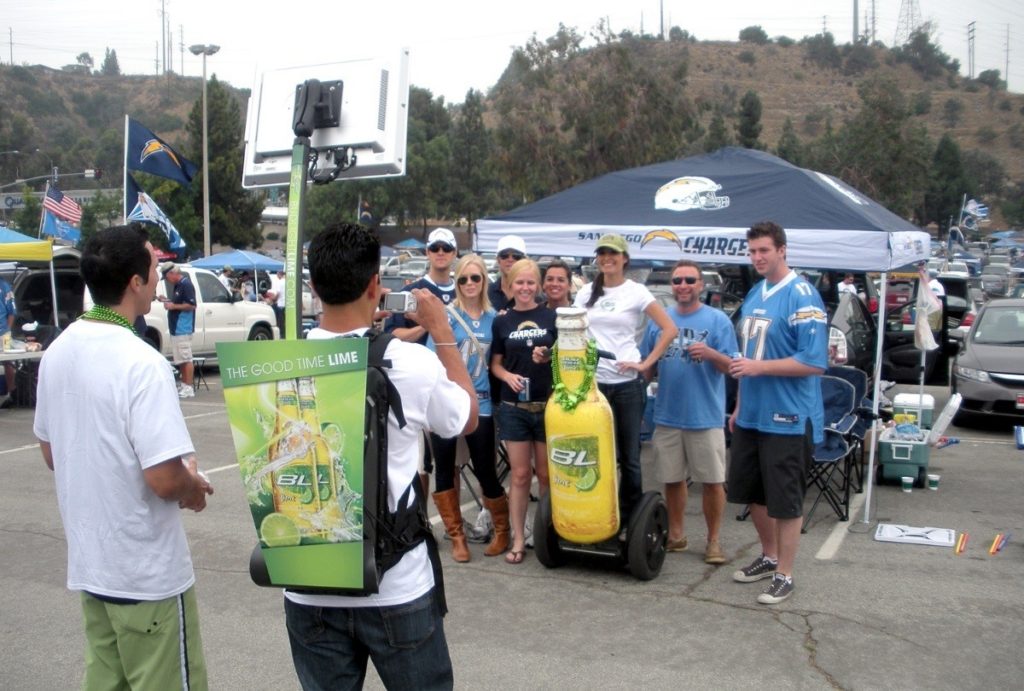
Experiential Marketing is Digital:
Smart phones have changed almost every aspect of the marketing world – and experiential is no exception. Events are no longer limited to the time and place and people attending – they can take on a digital life all their own. The most immediate impact smart phones can have on experiential is providing the consumers a way to share the experience on social media – extending the advertiser’s reach well beyond the event. According to a recent study 98% of consumers create digital or social content at events or experiences (Event Track 2016). By creating a unique, shareable experience advertisers can enhance the value of both their experiential and their social media campaigns.
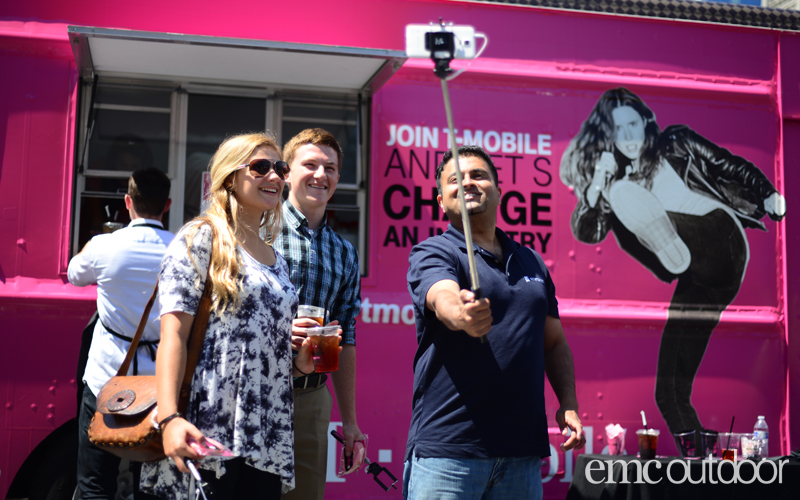
It’s also critical for advertisers to realize that experiential campaigns can be a great way to get consumers into their digital funnel. A 2017 study of millennials and experiential marketing showed that 67% followed a brand on social media after taking part in an experience (Splash, Millennial Study 2017). By geofencing the event, advertisers can create digital audiences for retargeting later. Those audiences are already primed, having interacted with the brand in the real world, and can be more specifically targeted with sequential follow up messaging targeted just at them.
Experiential Marketing is Data Driven:
Speaking of smart phones… Not only are our devices allowing us to access the web and share content, they are also providing huge amounts of data for marketers. From where we travel, to what apps we use, to brand affinity, to search history, to what temperature we keep our house at via our connected thermostat the amount of data is staggering, and it keeps growing and changing daily. By including geofencing, social monitoring, or a direct interactive element like an app or website the consumer can use to take part in the event, events can create large amounts of data.
The availability of this consumer data is making experiential marketing more appealing to advertisers. In a recent interview with AdWeek, Michael Curmi, brand experience director for Jaguar Land Rover North America, said the brand plans to increase their experiential marketing efforts – “Part of that is due to better data and having the value of experiential be a bit more provable than it has been in the past,” he explains.
Experiential Marketing is The Future:
As consumers’ lives become more and more saturated with media, brands are increasingly realizing the power of human interaction, and turning to Experiential as a way to connect with consumers, engage in deeper conversation, deliver value, build brand loyalty (and their digital audience), and provide memorable experiences in ways that truly differentiate themselves from their competitors.
Still want to learn more about Experiential? Contact us to set up call and we can fill you in on how Experiential is changing, and integrating into larger media plans:

